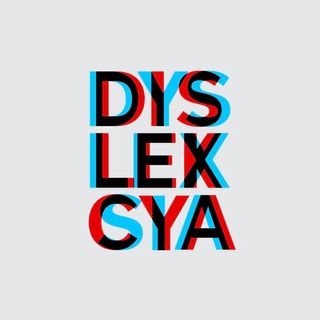
How To Boost Executive Functioning Skills for Kids Aged 7 to 12
Team sports and the Rubik’s cube are classic kids’ activities for a reason.

In earlier articles of this series on executive function in children, we’ve explored what executive function comprises, how these skills are predictors of academic success and what activities are suitable for building executive function skills among different age groups. In this part, we’ll explore activities for children between ages 7 and 12.
Executive function in kids (ages 7 to 12)
The 7 to 12 years, which span middle childhood as well as the preteen years, are a broad age range with a lot of cognitive and physiological development. Impulse control evolves rapidly up until age 8; for instance, by around age 7, kids are capable of ignoring irrelevant information with the same unconscious ease as an adult — for instance, choosing and focusing on one drawing to color, while ignoring the others, or ignoring a crease in a book’s page while reading.
In the latter, preteen years of this age group, the brain undergoes a sharp increase in gray matter — most of which occurs in the frontal lobe, home to the prefrontal cortex, the part of the brain responsible for executive functioning skills. This allows older children in this age group to gain flexible thinking skills — that is, the ability to adapt to changing rules on the playground, or better choose when to respond in class. Their ability to set goals, create strategies to achieve the goals, and adapt those strategies also improves.
It is also in this age range that kids will start applying logic and reasoning to a person’s behavior. For instance, they will be better able to deduce why someone maybe feeling tired, or how and why someone has stacked books according to size or color.
They also develop a more methodical approach to problems and also develop abstract thinking. So they may understand the difference between various shades of the same color, devise more ways to show a scenery or to describe what they did in school or played with friends.
Therefore, activities that reinforce or help boost the functions mentioned above can be reinforced by how parents engage with kids at this age. For instance, drawing out descriptions of kids’ experiences in a day, or calling attention to a successful strategy or an adapted strategy — during a board game, or during homework, etc — can help make kids aware of their skills and help them better exercise those skills the next time. Parents can also narrate their own problem-solving processes, in the context of their day or during a family game, as well, to model executive function skills.
As per developmental pediatrician Dr Mausam Shahpurwala and Harvard University’s Center on the Developing Child, at this age, although the general types of activity remain the same as those for younger age groups, their level of difficulty is higher.
Executive functioning activities for 7- to 12-year-old kids
Card and board games
Card games, whether online or in person, like Rummy, Hearts and Spades, are likely popular among children this age — and coincidentally are also the games Dr Shahpurwala recommends. These card games challenge working memory and strategic thinking, as children remember what has been played and plan their next moves. Board games that require strategy and and the adjustment of plans — both in response to imagined outcomes, and the opponent’s actual moves — are also beneficial. Think Monopoly, Business, or Scotland Yard. Chess is another such game that challenges working memory and promotes cognitive flexibility, that is the ability to plan, strategize and think of the next moves.
The Harvard paper says, “Children this age also enjoy more complex games involving fantasy play, which require holding in working memory complicated information about places visited in imaginary worlds, rules about how characters and materials can be used, and strategy in attaining self-determined goals.” Some examples of such games are Minecraft and Dungeons & Dragons.
Physical activities and games
When children are engaged in physical activities, it exercises their ability to hold complicated rules and strategies in mind, monitor their own and others’ actions, make quick decisions and respond flexibly to play. Therefore, team sports are highly recommended, says Dr Shahpurwala. The Harvard study says that various jump rope games may also become popular among children in this age group, and they should be encouraged because these games require focused practice, as well as attention and self-control.
Music, singing and dance
These activities help children test selective attention and self-monitoring and self-awareness. When children sing solo or in groups, it requires some form of co-ordination of working memory, monitoring and selective attention, which are actually the executive functions that need to be worked upon at this age.
“As children’s musical skills grow, adults can present them with steadily increasing challenges such as dancing, which provides [kids] with many opportunities to develop attention, self-monitoring, and working memory, as dancers must hold choreography in mind while coordinating their movements with the music,” adds Dr Shahpurwala.
Puzzles and quizzes
Puzzles and quizzes are a very good way to challenge working memory, says Dr Shahpurwala. This is a good age to introduce crosswords or sudoku puzzles, which will stretch their cognitive abilities. As a plus, crosswords will also exercise vocabulary skills, and sudoku will challenge maths skills, says Dr Shahpurwala. And an all-time favorite, the Rubik’s cube, is a favorite for a reason at this age: it requires children to be mentally flexible and consider potential solutions, in turn exercising their working memory and strategy-making.
Anubhuti Matta is an associate editor with The Swaddle. When not at work, she's busy pursuing kathak, reading books on and by women in the Middle East or making dresses out of Indian prints.
Related


Science Is Starting to Connect More of the Dots Behind the Cause of Childhood Cancers
